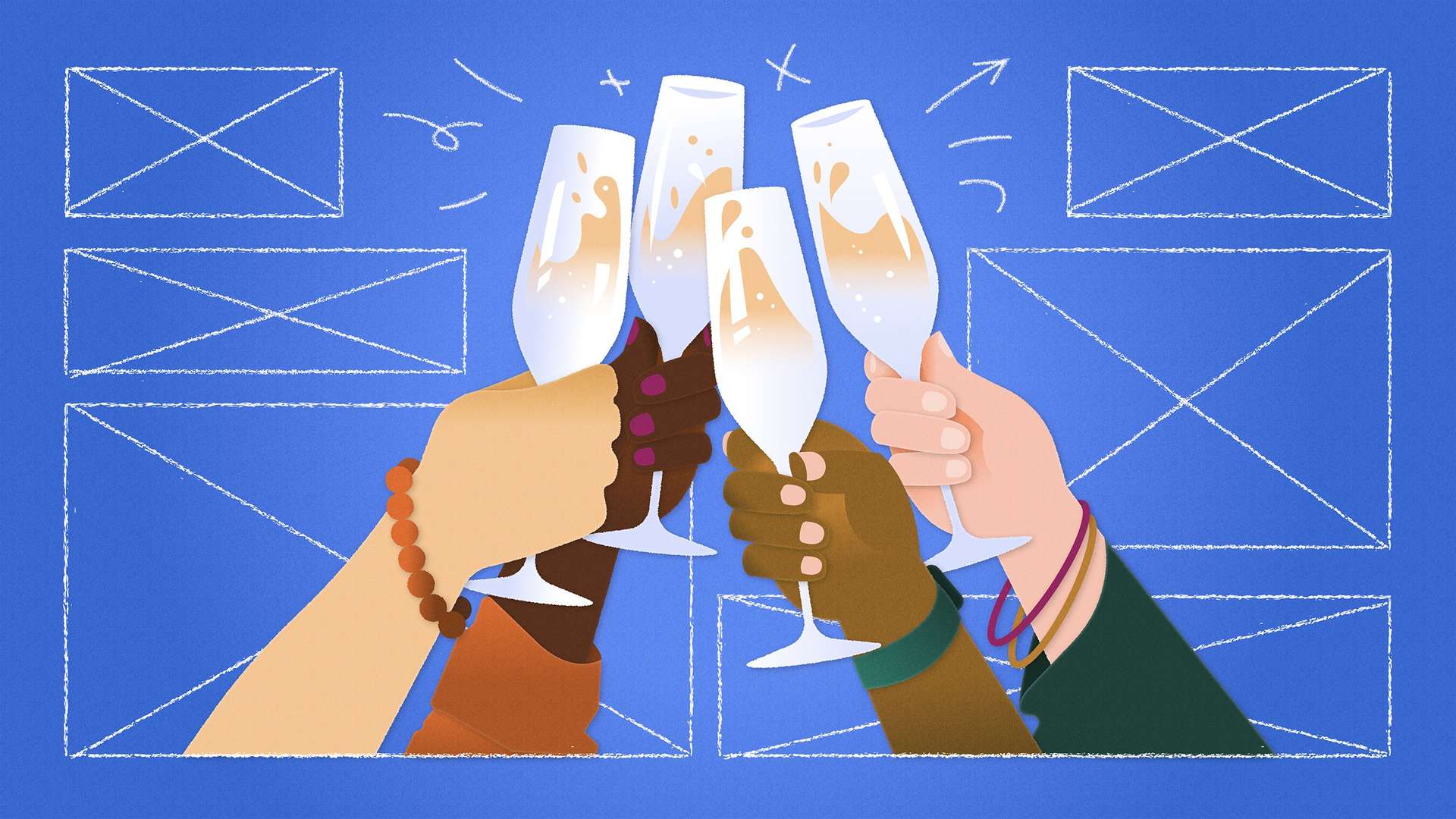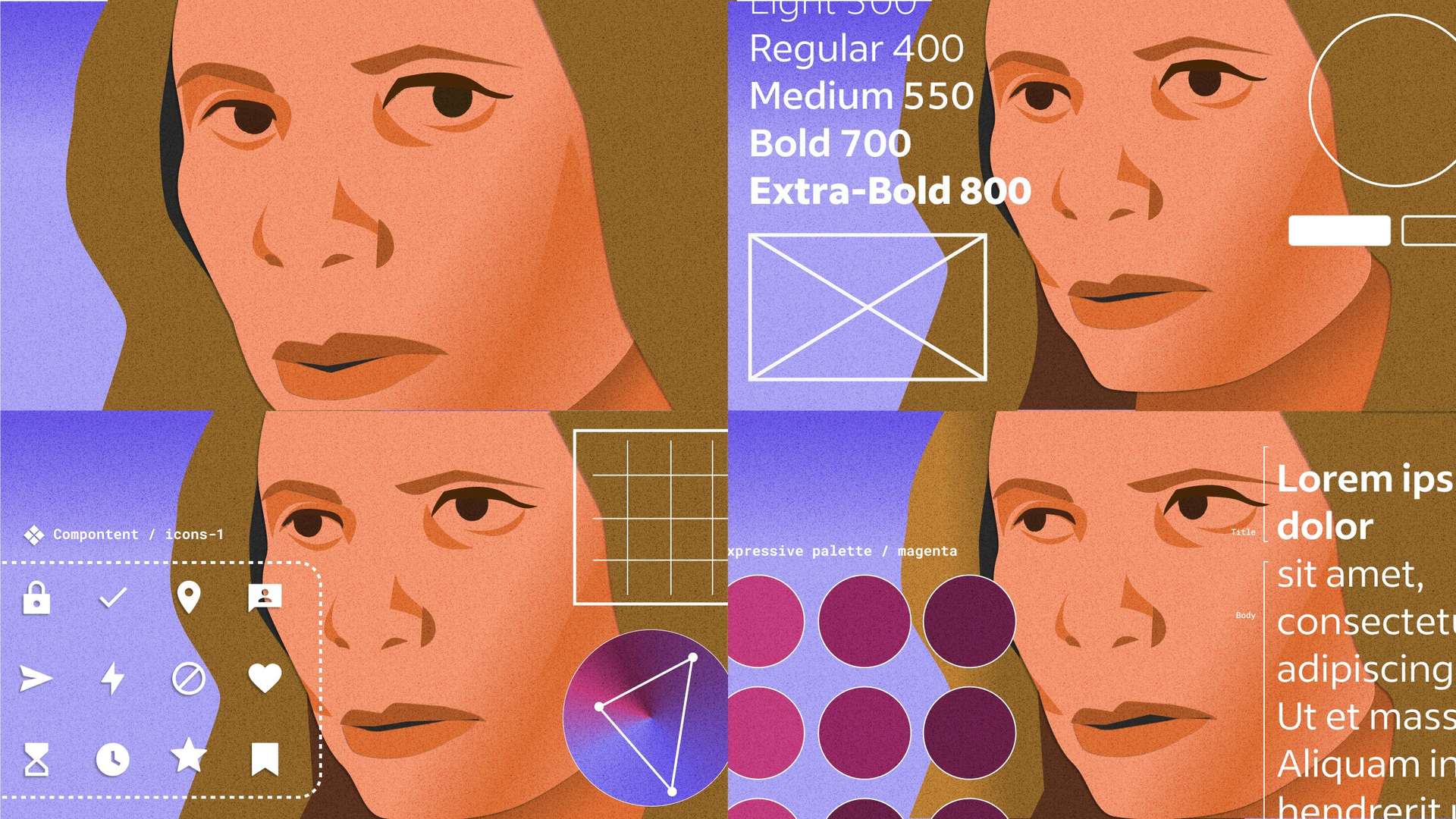I’ve changed careers twice. First, I jumped from journalism to programming. Most recently, I became a UX content designer.
How does someone successfully make a career change into a new tech field? It’s a common enough question that it’s inspired a wealth of blogs and how-tos. Most of these fall into a category I call skills-based career guides. They discuss how to gain skills in whatever tech area you’re trying to enter, whether it’s programming, UX writing, or user research. They all have lots of good advice and tips.
They also omit a key part of the career-change process. Yes, gaining skills is challenging, but it wasn’t the hardest part of my career switch.
What was? The failure. Here are the lowlights:
- In 2016, I graduated from a coding boot camp, applied to 57 entry-level developer jobs, landed one, and faithfully embarked on the 60-minutes-each-way carpool to commute there. I gave it everything, and I still got fired. I had only worked there a few months, but the company owner said I wasn’t completing my work fast enough for them to meet pressing deadlines.
- In 2021, after progressing through a series of entry-level content strategy interviews I thought went well, the company completely ghosted me.
- In early 2022, I got rejected after my second interview for a UX content design position at Indeed. I’m writing this article though, so you may have deduced that I got a different position here later. Stay tuned for more on that.
I don’t think I’m uniquely failure-prone. If you‘re changing careers into tech or looking to move into UX, you’ll probably have similar problems. I learned a few strategies to manage failure that helped me successfully manage my career transitions, and they may help you, too. Just keep in mind that these approaches come out of my personal experience, so no guarantee that they’ll get you a job.
Don’t take it personally
When you apply for a tech job and get rejected, it could have almost nothing to do with your skills and qualifications. Pure chance, talent saturation, and the frustratingly unquantifiable so-called “culture fit” are also factors for entry-level positions.
In tech and other knowledge-economy fields, there often isn’t a direct path to a job title. Very few UX professionals majored in user experience. Even in programming, many coders learn online, on the job, or through other informal educational paths.
So for junior or associate positions, the roles we career-changers mostly apply for, the applicant pool becomes a mass of people who all want the same role and have a few things in common:
- They’ve gained some skills in the field they wish to enter.
- They probably have relevant experience from a prior field, whether it’s academia, medical reception, or marketing.
- They’re motivated hustlers who‘ve learned these skills while still supporting themselves and their families.
- With few exceptions, these applicants have no practical work experience in their new field and will have to learn a lot on the job.
What differentiates you from any of these other folks?
In the eyes of a hiring manager (which I have been), probably not much. When I worked as an engineering manager at another company, we often ended up with dozens of high-quality applicants for one junior role. We used rubrics and did our best to eliminate bias, and we like to believe we hired the best candidate. But I’d venture that any of the folks we selected from our final pool would have been fine. In these situations, the decision on who to hire became almost arbitrary or at least based on very specific company needs that the applicant can do nothing about.
Then there’s the economy. The current slowdown has especially affected tech hiring and retention. You could even be midway through a hiring process when a company institutes a hiring freeze, or even layoffs. The hiring team doesn’t usually share this info with you, but you still don’t get the job.
Bottom line: If you have the baseline qualifications for an entry-level position, your job search is probably more of a numbers game than a skills-matching exercise. It’s less about you and more about persistence and luck.
Make connections
Maybe you’re depressed hearing about your potential lack of agency in the hiring process. Here’s some hope! You can still stand out by making human connections. Networking in the COVID era is both harder and easier.
Many conferences are virtual, so you can attend while working your main hustle. As a writer, this style of networking was a bonus for me. I’m personable and funny over Slack but slightly awkward talking to strangers in real life. If you’re better in a live conversation, try another tactic. Message professionals in the field, and set up calls or coffees with them. You can do this via LinkedIn or by browsing companies or agencies you want to work for, then reaching out to their employees.
Showing someone who you are helps them imagine themselves working with you. I got my first interview at Indeed after meeting a manager at a virtual conference. She announced her team had an open content-design position, and I followed up via Slack. You might remember I didn’t get that job—but my personality and thought process stood out enough during that interview that they eventually called me back for a different opportunity. That’s how I ended up here, writing this article.
Bottom line: We’re all still humans, so connecting on a human level can give you an edge when trying to find a job. Figure out how to do it in a way that keeps you confident but challenges your boundaries a bit.
Embrace failure
In all likelihood, if you go into a career in tech, you’ll face failure regularly. I get it wrong way more in this field than in any other field I’ve worked in. Every problem has a ton of uncertainty, and the nature of engineering professions is that you’re solving unsolved problems. Because of that, you’re wrong—a lot.
As a programmer, I failed every day. I faced problems I didn’t know how to solve and kept banging on them until I solved them. And a solution rarely materialized on the first try. Sometimes I’d come up with a solution that worked for a few months until I learned something new or the project’s priorities changed. Then, the weaknesses in my original idea would be exposed, and I’d dismantle the original work and start over.
—
Is this article helpful? Subscribe to get occasional emails with new stories like it.
—
After I was let go from my first programming job, I found a coding internship and worked my way up to becoming an engineering-team lead at that company. I became the person people went to when debugging hard problems. I was very successful. I still failed all the time.
As a new UX content professional, I’m failing already. I proposed new names for products that, in testing, seemed to confuse users more than they added clarity. So I had to go back to the drawing board (or Google doc).
Each time I fail, I learn. It’s actually kind of awesome, because the lesson sticks in a way it doesn’t when you get the answer right on the first try.
Failing to get a job is a little different. Maybe there’s not much to learn when company number 56 doesn’t even bother to send you a rejection. The discomfort and uncertainty, however, are not unlike what you’ll experience on the job.
Bottom line: Working in tech involves failing all the time. You’ve got to find a way to keep trying, learn what you can, and bounce back. The process of changing careers is one way to build resilience.
Look to yourself for assurance
The meritocratic outlook espoused by so many tech cultures tends to attribute success to individual skill and effort. That implies that failures must also be due to individual shortcomings. These myths, coupled with the feeling of imposter syndrome that comes with entering a new field, can really get a gal down.
After your third—or twenty-third—interview, it’s hard not to take the rejection personally. But other factors are likely at play, and dwelling in the land of “if-only” isn’t productive. Sure, take notes on what you can do better, practice with a friend, rethink your strategy, and refresh your portfolio.
But also, have empathy for yourself. Remember that getting your first job in tech is likely going to be a mix of luck and second chances. Ruminate on work you’ve enjoyed in the past and recollect how good it was. You did that! Remember that you’re smart, humorous, creative, intelligent, and fun. Spend time with people who believe in you. Review your past successes. Eat some chocolate.
Bottom line: Wake up in the morning, practice the tiny routines that make you feel the most like yourself, and try again. I know you can do it.





